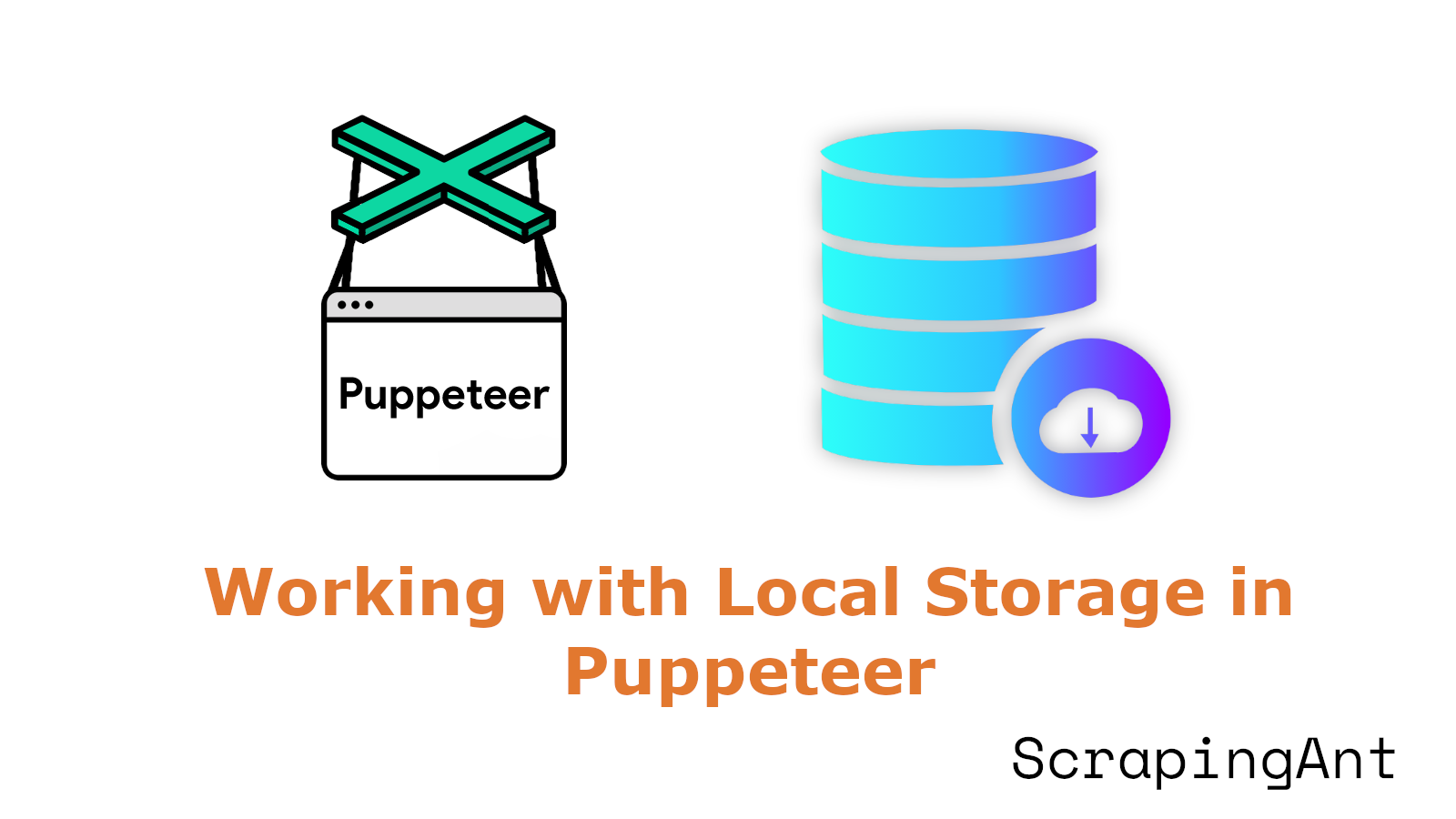
As of 2024, the ability to navigate through paginated content has become an essential skill for developers and data analysts alike. This comprehensive guide delves into various pagination methods in Python, ranging from basic approaches to advanced techniques that cater to the evolving landscape of web design and functionality.
Pagination in web scraping refers to the process of systematically accessing and extracting data from a series of web pages that are linked together. This technique is particularly important when dealing with websites that distribute their content across multiple pages to improve load times and user experience. Approximately 65% of e-commerce websites utilize URL-based pagination, highlighting the prevalence of this method in modern web architecture.
The importance of mastering pagination techniques cannot be overstated. As websites become more complex and dynamic, scrapers must adapt to various pagination styles, including URL-based navigation, 'Next' button traversal, JavaScript-rendered content, and API-based data retrieval. Each of these methods presents unique challenges and opportunities for efficient data extraction.
This article will explore both fundamental and advanced pagination techniques in Python, providing code samples and detailed explanations for each method. We'll cover URL manipulation, HTML parsing with Beautiful Soup, handling dynamic content with Selenium, and implementing asynchronous scraping for improved performance. Additionally, we'll discuss best practices for ethical scraping, including intelligent rate limiting and backoff strategies to avoid overwhelming target servers.
By the end of this guide, readers will have a comprehensive understanding of how to implement robust pagination strategies in their Python web scraping projects, enabling them to handle a wide array of website structures and pagination patterns efficiently and responsibly.









